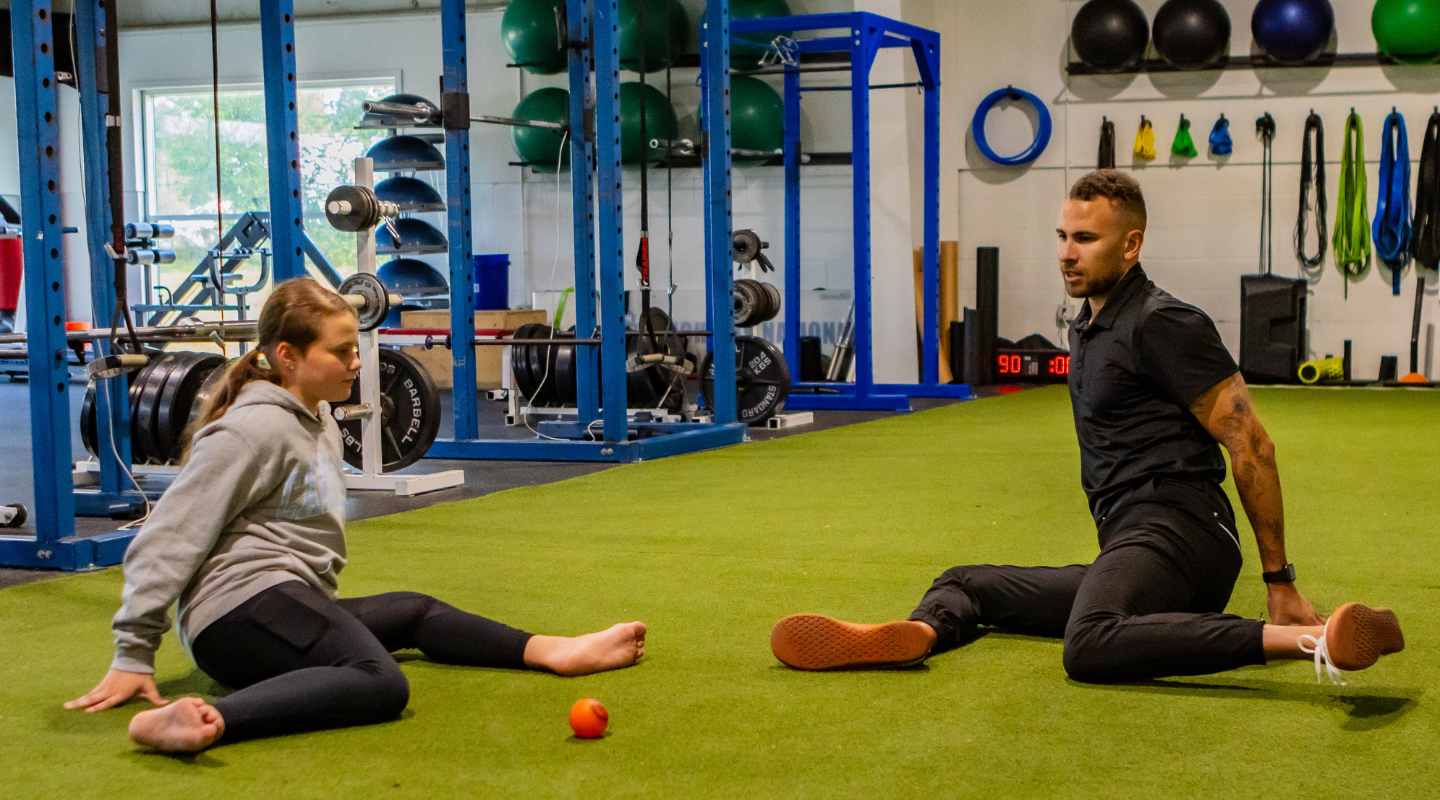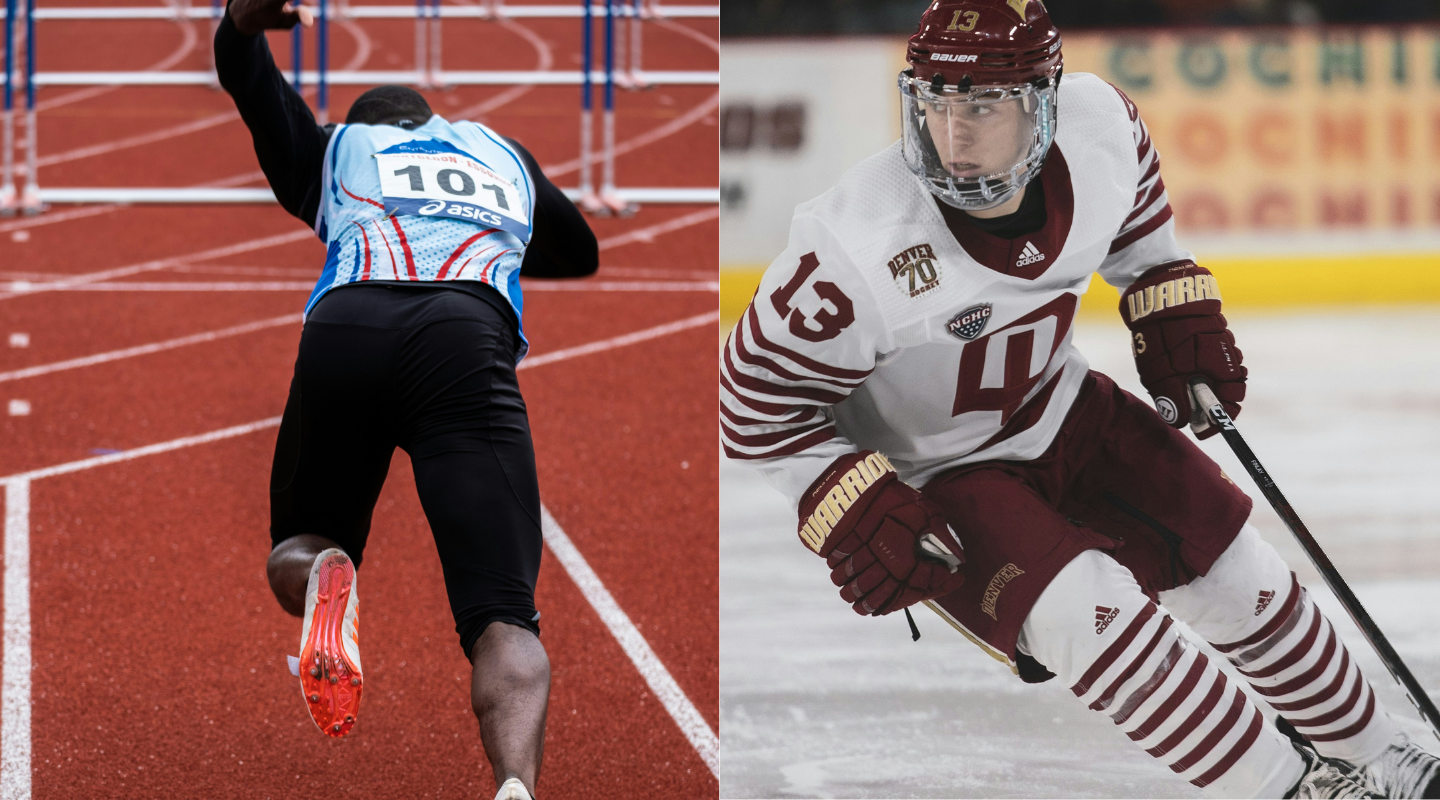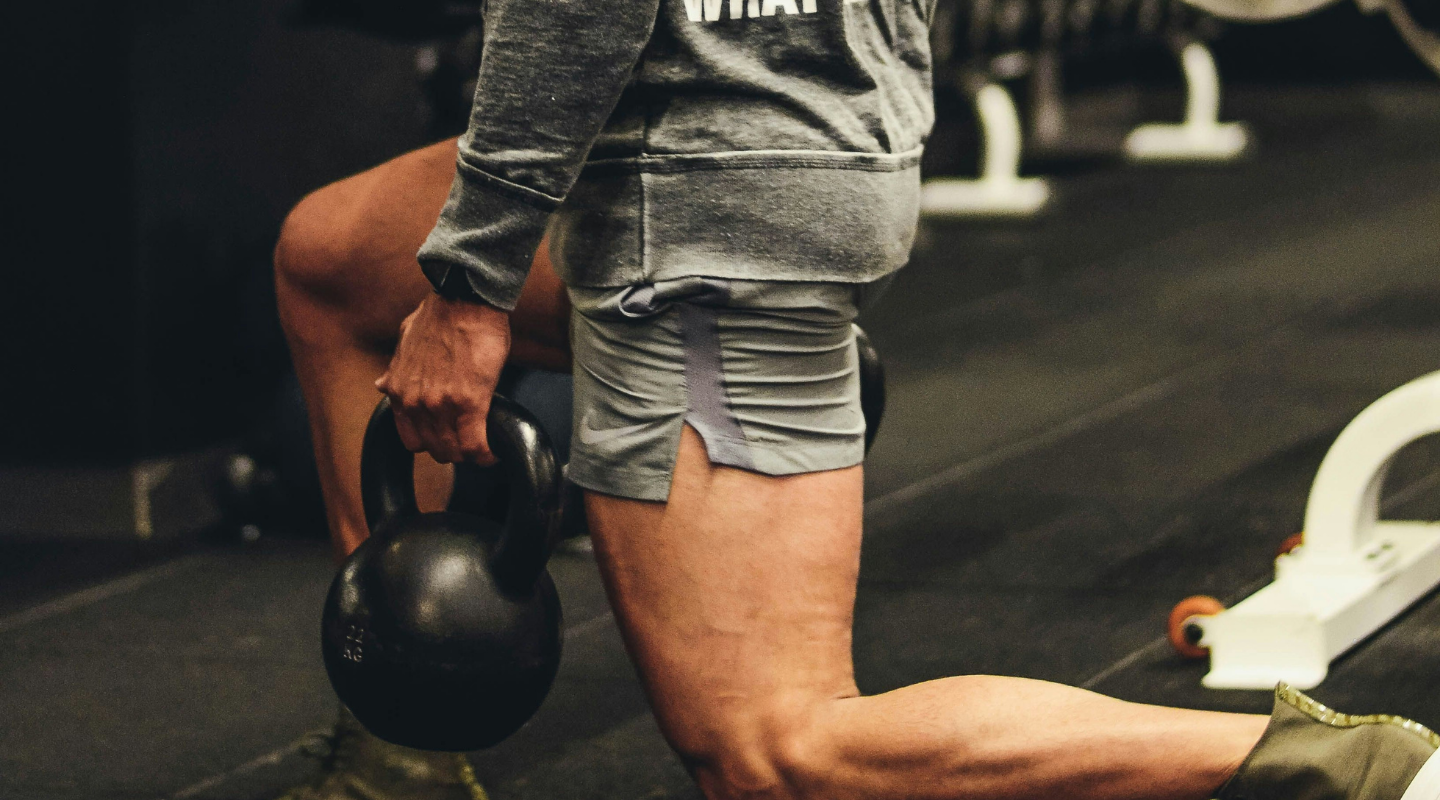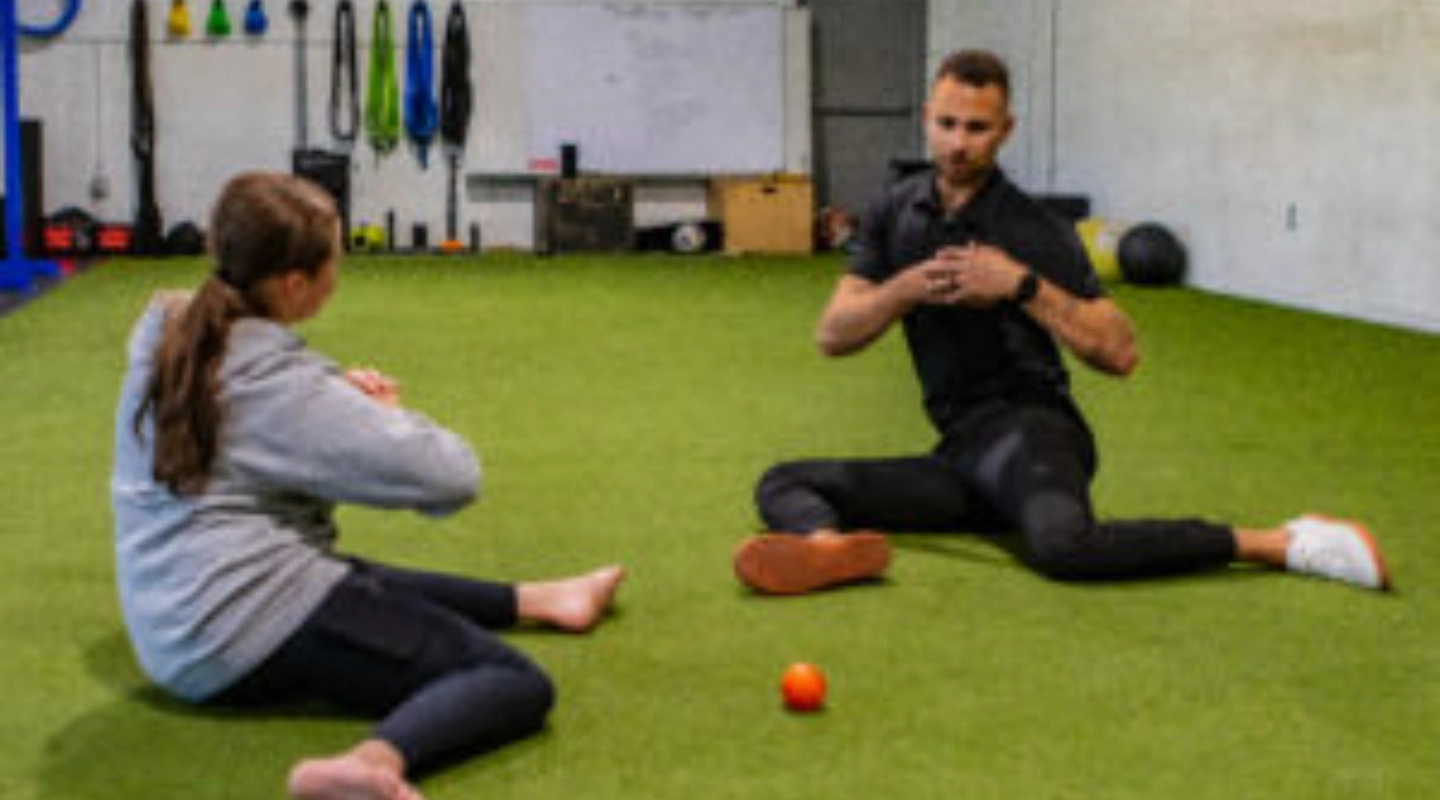
Recovery for Hockey Players: How to Maximize Performance and Prevent Injuries
Why Recovery Matters in Hockey
Hockey demands explosive sprints, rapid directional changes, and high-impact collisions. These stresses can leave muscles, joints, and the nervous system overloaded if recovery isn’t prioritized. At Ghost Rehab & Performance in Grand Rapids, Michigan, we see firsthand how athletes who focus only on training but neglect recovery are more likely to face injuries and performance setbacks.
Recovery is what allows the body to repair tissues, replenish energy stores, and reset mentally after competition—making it just as important as practice and training.
The Science Behind Recovery
- Intense training causes muscle breakdown, glycogen depletion, and lactic acid buildup.¹
- Recovery allows tissue repair, energy restoration, and waste product removal.¹
- Without adequate recovery, players risk decreased performance, overtraining, and injury.²
Signs of Poor Recovery in Hockey Players
Failing to recover properly can present in both physical and mental symptoms, such as:
- Chronic Fatigue: Ongoing tiredness even with rest
- Reduced Performance: Loss of speed, endurance, or strength
- Lingering Soreness: Pain lasting more than 48 hours³
- Increased Injury Risk: Higher chance of muscle strains and joint sprains⁴
- Mental Fatigue: Lack of focus, irritability, or motivation²
Strategies for Effective Recovery
Prioritize Sleep
Deep sleep promotes growth hormone release, aiding muscle repair and recovery.⁵
- Aim for 7–9 hours per night
- Maintain a consistent sleep routine
Optimize Nutrition
Fueling properly after exertion helps replenish energy and repair muscle.
- Eat a carb-protein snack within 30 minutes post-game or practice⁶
- Stay hydrated before, during, and after activity
Incorporate Active Recovery
Low-intensity activities such as walking, cycling, or swimming improve circulation, remove waste products, and reduce stiffness.⁷
Use Recovery Tools
Foam rollers, massage guns, and compression boots (like Normatec) increase blood flow and reduce tightness in key areas like quads, hips, and hamstrings.⁷
Leverage Cold and Heat Therapy
- Cold therapy (ice baths, contrast showers): Reduces inflammation and soreness⁸
- Heat therapy: Improves circulation and relieves stiffness⁸
Focus on Mobility Work
Tight hips and hamstrings are common in hockey. Dynamic stretches, yoga, and mobility drills can restore flexibility and reduce injury risk.³
Manage Workload and Training Volume
Overtraining is one of the most common causes of poor recovery. A physical therapist or coach can track workload, balance intensity, and ensure rest is built into your schedule.⁹
Why Physical Therapy Is Essential for Recovery
At Ghost Rehab & Performance, we emphasize that physical therapy isn’t only for injuries—it’s a recovery tool that elevates performance and prevents future breakdowns.
Our sports physical therapists can:
- Identify hidden imbalances or restrictions
- Create personalized recovery programs for hockey players
- Provide hands-on care like joint mobilization, soft tissue work, and guided stretching
- Monitor recovery markers to reduce overtraining risk
Even if you feel fine, a professional assessment can uncover inefficiencies and keep you performing at your peak.
Take Control of Your Recovery
At Ghost Rehab & Performance in Byron Center (serving Grand Rapids, MI), we help hockey players recover smarter so they can play harder. Whether you’re battling soreness, fatigue, or simply want to prevent injuries, our team provides NHL-level expertise in recovery and performance.
Don’t let poor recovery limit your potential. Schedule a recovery session at Ghost Rehab today and stay one step ahead of the competition.
References
- Halson SL. Monitoring training load to understand fatigue in athletes. Sports Med. 2014;44(2):139-147.
- Bishop PA, Jones E, Woods AK. Recovery from training: A brief review. J Strength Cond Res. 2008;22(3):1015-1024.
- Poppendieck W, Wegmann M, Ferrauti A, et al. Massage and performance recovery: A meta-analytical review. Sports Med. 2016;46(2):183-204.
- Dupuy O, Douzi W, Theurot D, et al. Recovery with cold water immersion and cryotherapy: A meta-analysis. Sports Med. 2018;48(7):1675-1691.
- Walsh NP, et al. Sleep and the athlete: Physiological effects of sleep deprivation on performance and recovery. Eur J Sport Sci. 2011;11(1):51-60.
- Kerksick CM, et al. International Society of Sports Nutrition position stand: Nutrient timing. J Int Soc Sports Nutr. 2017;14:33.
- Kellmann M, Beckmann J. Recovery and stress in sport: A manual for testing and assessment. Human Kinetics. 2017.
- Leeder J, Gissane C, van Someren K, et al. Cold water immersion and recovery: Effect on recovery in elite athletes. Int J Sports Physiol Perform. 2012;7(2):225-231.
- Meeusen R, Duclos M, Foster C, et al. Prevention, diagnosis, and treatment of the overtraining syndrome. Med Sci Sports Exerc. 2013;45(1):186-205.
.png)




